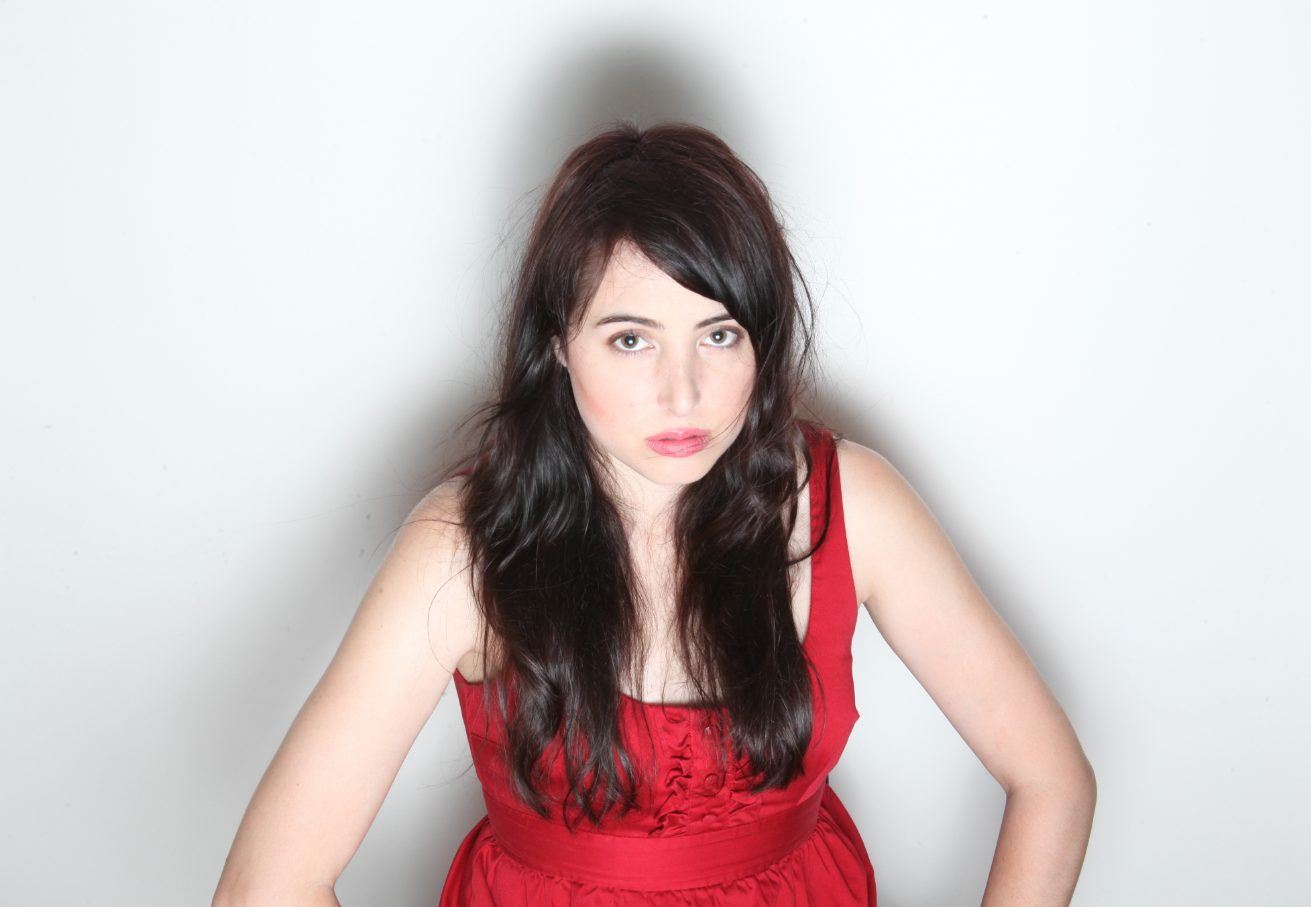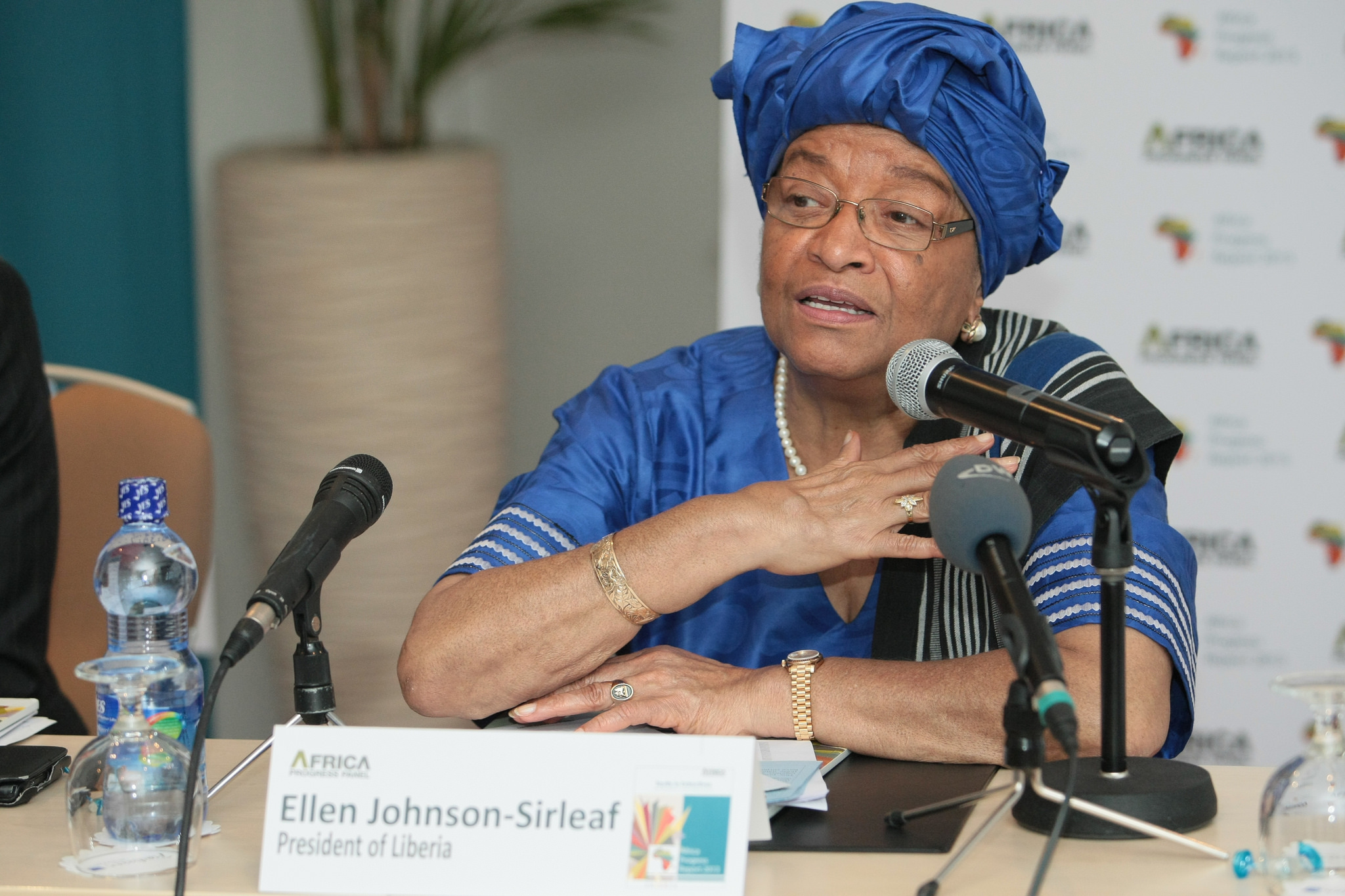How Female Leaders Around the World Compare to The United States

By:
Democratic presidential nominee Hillary Clinton could very well be the next president of the United States.
If elected, she would be the first woman to hold office. Including Clinton, there have been 14 women who ran for president, from Patsy Mink, the first Asian-American woman and woman of color elected to Congress, to Carly Fiorina, former CEO of Hewlett-Packard and current record-holder for shortest vice presidential candidacy ever.
During the 2008 presidential election, after conceding defeat to President Barack Obama, Clinton said, "Although we weren't able to shatter that highest, hardest glass ceiling this time, thanks to you, it's got about 18 million cracks in it."
Unfortunately, in the United States, that glass ceiling is still pretty damn high.
There are 435 seats in the House of Representatives. Women hold only 84 of them.
And their representation in the Senate isn't much better — there are only 20 women holding seats.
 Catalyst.org - catalyst.org
Catalyst.org - catalyst.org
But the glass ceiling has shattered before — in other countries.
For the first time in Canada's history, there are an equal number of men and women on a Prime Minister's cabinet (is there anything Justin Trudeau can't do?).
It's a good start for sure, but consider this: Women comprise only 22 percent of parliament members around the world, according to UN Women.
Where are there the most number of women in parliament? Rwanda, where women make up 63.8 percent of seats in the lower house.
However, there are other countries with elected female heads of state/heads of government, which is something the U.S. still hasn't been able to figure out outside of a comedy TV show.
As of 2015, 11 women were heads of state, with 10 as heads of government worldwide.
Here are five current elected female presidents and prime ministers from around the world.
Erna Solberg, Prime Minister of Norway, elected in 2013
 Trondheim Havn/Flickr - flic.kr
Trondheim Havn/Flickr - flic.kr
Though Erna Solberg won the 2013 election, she wasn't even the first woman to become Prime Minister of Norway. She was second to Gro Harlem Brundtland, who was elected in 1990.
Before becoming Prime Minister, she was elected to Storting (Norwegian Parliament) and served as Minister of Local Government and Regional Development from 2001-2005. And she apparently loves Prince.
Angela Merkel, Chancellor of Germany, elected in 2005
 European People's Party - flic.kr
European People's Party - flic.kr
Germany has a parliament system, meaning, they have a president but they also have a Federal Chancellor. The chancellor, is for all intents and purposes, the closest equivalent to a U.S. president. Merkel was elected in 2005, becoming the first female chancellor of Germany.
In 2015, Forbes named her the second most powerful person in the world, making her the first woman to ever hold that rank. That same year, TIME magazine named her "Person of the Year" as the fourth woman to ever chosen for the title.
Park Geun-hye, President of South Korea, elected in 2013
 Republic of Korea/Flickr - flic.kr
Republic of Korea/Flickr - flic.kr
Park is South Korea's first female president. BBC News notes that this also makes her, "the first female leader of a country that has the highest level of gender inequality in the developed world." Not only was her father, Park Chung-hee, also president, but Park served as first lady at 22 when her mother was shot and killed in 1974, in a botched presidential assassination attempt. Her father was eventually assassinated by his spy chief in 1979.
Before becoming president, Park served as chairperson of the Grand National Party. One of her main focuses for her administration is welfare issues.
 Pete Souza/WhiteHouse.gov - whitehouse.gov
Pete Souza/WhiteHouse.gov - whitehouse.gov
She has never been married.
Ellen Johnson Sirleaf, President of Liberia, elected in 2006
 Africa Progress Panel/Flickr - flic.kr
Africa Progress Panel/Flickr - flic.kr
President Ellen Johnson Sirleaf is the first elected Black female president and the also the first elected female president in Africa.
After receiving a Master of Public Administration from Harvard University in 1971, Sirleaf entered politics, working under William R. Tolbert, Jr., the 20th president of Liberia. She had an unsuccessful run for president in 1997. By the time of her eventual inauguration, she had earned the nickname "Iron Lady" (just like Margaret Thatcher).
Michelle Bachelet, President of Chile, elected in 2006 and re-elected in 2014
 Russell Watkins/Department for International Development/Flickr - flic.kr
Russell Watkins/Department for International Development/Flickr - flic.kr
Chile's first female president, Michelle Bachelet, has held office twice: once from 2006 to 2010, and from 2014 to present. In between presidencies, she was appointed head of UN Women, an organization developed by the United Nations that aims for gender equality and empowering women around the world. And yes, it's the same organization for which Emma Watson is an ambassador.
After taking office, Bachelet declared to further advance women's and LGBT's rights, according to Britannica. Recently however, Bachelet's approval rating has fallen low because of a banking scandal involving her son, who resigned from his position as head of a government charity.
